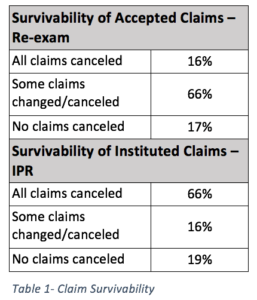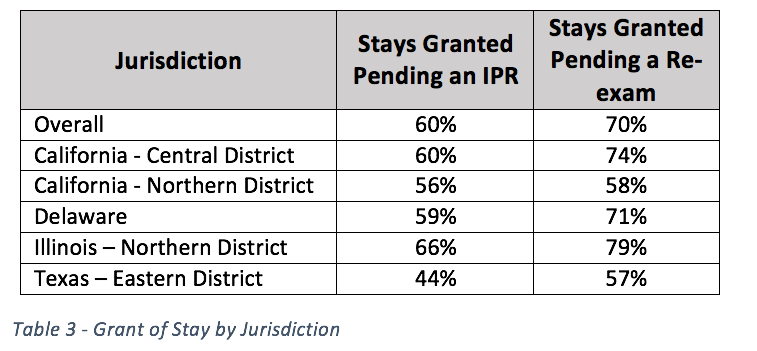
Aaron Capron
by Aaron J. Capron and Nicholas D. Petrella
Finnegan, Henderson, Farabow, Garrett & Dunner, LLP
The America Invents Act (AIA) ushered in new post grant procedures for challenging the validity of patents. One of those procedures, Inter Partes Review (IPR), has quickly grown in popularity. But this new process does not entirely replace other existing procedures available at the US Patent Office (USPTO). Although not used as frequently after the creation of IPRs, ex parte re-exams could be a better option in many cases.

Nicholas Petrella
When considering the best options for challenging a patent, different considerations come into play. A challenger must evaluate the cost involved, the level of participation, rates for a successful outcome, and the likelihood of a stay being granted if a lawsuit is pending, among other factors. While re-exams may not provide the same level of participation as IPRs, they nevertheless can provide a relatively inexpensive and effective process for challenging patent validity.
For both IPRs and re-exams, there is no guarantee that the USPTO will review the challenged patent, but re-exams can offer a better chance at a review. Since its inception in 1981, 92% of re-exam requests have been granted. That rate remains the same when considering re-exam requests over the past five years since the AIA was implemented. On the other hand, about 68% of all IPR petitions that reach an institution decision are instituted. Upon meeting their respective thresholds (for IPRs, the petition is instituted and for re-exams, the request is granted), the survivability rates for claims challenged in both IPRs and re-exams are roughly the same since the implementation of the AIA, as shown in Table 1. Although instituted IPRs result in the cancellation of all claims more often than re-exams, patent challengers must remember that the rate of institution for those IPRs is much lower.

Patent challengers must also consider the costs related to filing fees, experts, and attorney fees. While IPRs and re-exam typically cost a fraction of that of litigation, IPRs can still cost an order of magnitude more than re-exams as summarized in Table 2. Both procedures carry with them USPTO filing fees. Filing an IPR with up to 15 claims can cost up to $30,500, while re-exams can cost as little as $6,000 for a streamlined re-exam and $12,000 for a non-streamlined re-exam. Each proceeding will likely require the help of an attorney and, therefore, attorney’s fees.

The amount of participation a patent challenger has in an IPR comes at a cost. According to the AIPLA’s 2017 Economic Survey, the average attorney’s fees for an IPR through a hearing can average $324,000. In comparison, a re-exam averages around $18,000 in attorney’s fees. And while both proceedings may use an expert, the expert fees in IPRs are usually more substantial. Accordingly, re-exams can offer a significant savings over IPRs.
Finally, if a patent challenger is currently part of a lawsuit, the ability to obtain a stay is an important consideration. With the recent Supreme Court decision in TC Heartland, patent owners may have less ability to choose plaintiff friendly districts that typically oppose stays for post grant procedures. According to statistics from Docket Navigator, district courts grant about 60% of the motions for a stay pending an IPR. Since the implementation of the AIA, the district courts grant around 70% of motions for stay pending a re-exam. This difference largely remains when considering specific patent heavy jurisdictions as shown in Table 3. Except for the notable difference in the Eastern District of Texas, other patent heavy jurisdictions grant stays more frequently for re-exams.

The choice for challenging patent validity depends on many factors, and a patent challenger’s specific situation. Despite the press and popularity of IPRs, re-exam proceedings remain an effective and relatively inexpensive process for challenging patents. Because of their lower cost, results, anonymous nature, and improved chance of obtaining a stay in many jurisdictions, ex parte re-exams could be the superior option.
[1] Based on recent Federal Circuit decisions (e.g., Aqua Products and Bosch Automotive Service Solutions), it seems that it will be easier for patent owners to amend claims in IPRs, thereby lowering the rate of claim cancellation.


